The Xiaomi 11T Pro is a Premium smartphone and the successor to last year’s Mi 10T Pro. It features Qualcomm’s high-end chipset Snapdragon 888 and a 6.67-inch AMOLED display as well as up to 12GB RAM and 256GB of built-in storage.
The main camera module comes with a 108MP sensor in the primary module which is accompanied by an 8MP ultra-wide camera. There is also a macro lens that Xiaomi calls a “telemacro.” However, this camera is not used for tele zooming, instead the device uses digital zooming algorithms on the primary camera.
Let’s see how the Xiaomi 11T Pro stacks up against the competition in the DXOMARK Camera test.
Key camera specifications:
- Primary: 108 MP 1/1.52″ sensor (12MP output), f/1.75-aperture lens, AF,
- Ultra-wide: 8 MP 1/2.8″ sensor, f/2.2-aperture lens
- Macro: 5 MP 1/5″ sensor, f/2.4-aperture lens
- LED flash
- Video: 8k at 30fps, 4k at 60/30fps, 1080p at 60/30fps, HDR10+ (4k/30fps tested)
About DXOMARK Camera tests: For scoring and analysis in our smartphone camera reviews, DXOMARK engineers capture and evaluate over 3000 test images and more than 2.5 hours of video both in controlled lab environments and in natural indoor and outdoor scenes, using the camera’s default settings. This article is designed to highlight the most important results of our testing. For more information about the DXOMARK Camera test protocol, click here. More details on how we score smartphone cameras are available here.
Test summary
Scoring
Sub-scores and attributes included in the calculations of the global score.
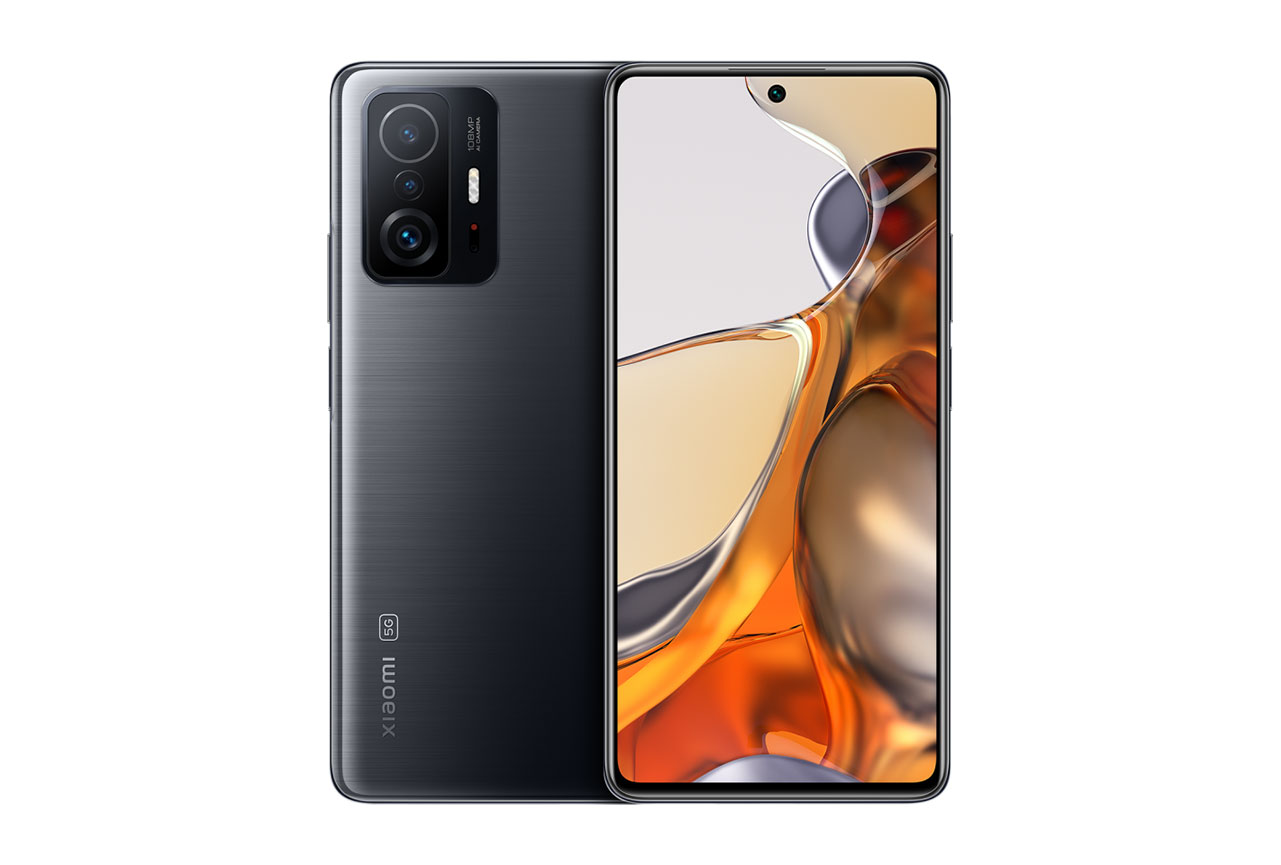
Xiaomi 11T Pro


Use cases & Conditions
Use case scores indicate the product performance in specific situations. They are not included in the overall score calculations.
Outdoor
Photos & videos shot in bright light conditions (≥1000 lux)
Indoor
Photos & videos shot in good lighting conditions (≥100lux)
Lowlight
Photos & videos shot in low lighting conditions (<100 lux)
Friends & Family
Portrait and group photo & videos
 144th
144th 32nd
32ndPros
- Accurate target exposure in photo and video
- Colors are generally pleasant on portrait scenes in photo and video
- Accurate autofocus in photo
- Level of detail is high in video for outdoor and indoor conditions
- Image preview on smartphone is similar with recorded picture.
Cons
- Fine details are often lost in photo
- Colors are sometimes unnaturally vivid in landscape in photo
- Luminance noise is visible in dark areas in photo and video
- Stabilization artifacts in video as sharpness difference between frames is often visible.
- Wide: Fine details are often lost and noise is visible
- Night: Target exposure is often too low.
With a DXOMARK Camera overall score of 117, the Xiaomi 11T Pro does not quite compete with the very best in the Premium segment and somewhat lags behind devices such as the Apple iPhone 13 and iPhone 13 mini or Xiaomi’s own Mi 11. The score is also one point lower than that of its own predecessor, the Xiaomi Mi10T Pro. This is mainly due to the lack of a real tele lens. In some other image quality categories, our testers actually observed some slight improvements over last year’s model.
In the Photo category, the camera does a decent job, without any major shortcomings in any of the sub-attributes. The autofocus works reliably in most situations, and the camera captures good exposures with a wide dynamic range as long as you don’t venture into low light. Skin tones are accurate on portraits but when shooting landscapes in bright light, saturation can be unnaturally strong. Texture is an area for improvement, too, and worse than on the Mi 10T Pro in all light conditions.
Both ultra-wide and tele Zoom are areas where the Xiaomi lags behind competitors in its segment. The level of detail decreases rapidly as you apply tele zoom and is lower than on may other devices that have to make do without a dedicated tele camera. Video clips recorded on the 11T Pro show accurate white balance. Saturation is pleasant, and exposure adaptation is smooth. Stabilization artifacts are an issue in video mode, with some strong differences in sharpness between frames when clips are recorded while walking. On the plus side, motion is well compensated for, though. In indoor and low-light video clips, noise becomes visible.
Photo

Exposure and Contrast
Xiaomi 11T Pro
93
111
In these tests we analyze target exposure, contrast, and dynamic range, along with repeatability across a series of images. Tests are undertaken in a wide range of light conditions, including backlit scenes and low light down to 1 lux. The score is derived from a number of objective measurements in the lab and perceptual analysis of real-life images.
These samples show the Xiaomi 11 T Pro’s exposure performance in bright light.

Color
Xiaomi 11T Pro
96
107
In these tests, we analyze color rendering, skin tones, white balance, and color shading, along with repeatability across a series of images. The score is derived from a number of objective measurements in the lab and perceptual analysis of real-life images.
These samples show the Xiaomi 11 T Pro’s color performance in bright light.

Autofocus
Xiaomi 11T Pro
100
109
In these tests we analyze autofocus accuracy and shooting time as well as repeatability, in the lab. We test focus failures, depth of field, and tracking of moving subjects using perceptual analysis of real-life images.
This graph shows the Xiaomi 11 T Pro’s autofocus performance handheld at 100 lux and 0EV brightness difference.
This graph shows the Xiaomi 11 T Pro’s autofocus performance in the lab handheld at 100 lux and 4EV brightness difference.

Texture
Xiaomi 11T Pro
87
111
In these tests we analyze texture on faces and objects, including objects in motion, in a range of light conditions, using several lab test setups and perceptual analysis of real-life images.
These samples show the Xiaomi 11T Pro’s texture performance in low light.
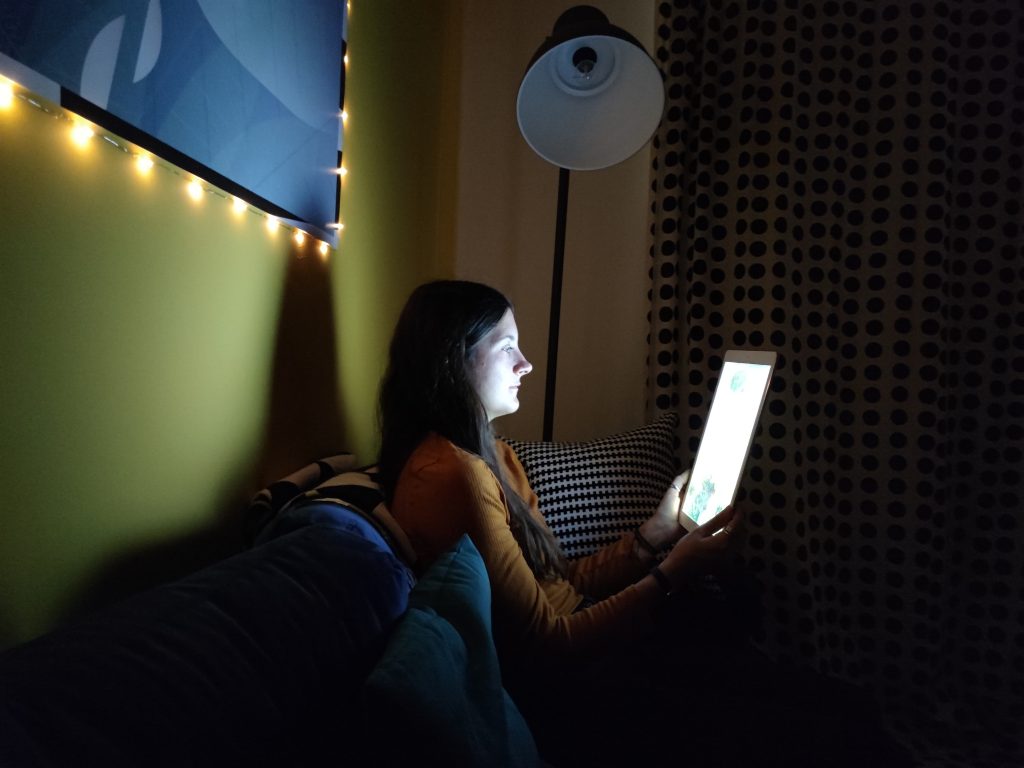

Noise
Xiaomi 11T Pro
79
102
In these tests we analyze noise on faces and objects, including objects in motion, in a range of light conditions, using several lab test setups and perceptual analysis of real-life images.
These samples show the Xiaomi 11T Pro’s noise performance in bright light.
For these tests we switch to the camera’s bokeh or portrait mode and analyze depth estimation, bokeh shape, blur gradient, and repeatability, as well as all other general image quality attributes mentioned above. The score is derived from perceptual analysis of real-life images.
In bokeh mode, the Xiaomi 11T Pro struggles to produce good results. As you can see in the outdoor samples below the blur gradient can look unnatural.

Night
Xiaomi 11T Pro
44
82
In these tests we shoot a selection of images in pitch-black darkness as well as with city lights in the background providing some illumination. We shoot sample images with the camera at default settings in both flash-auto and flash-off modes. We analyze all image quality attributes but we pay particular attention to exposure, autofocus, and color. We do not test night modes that have to be activated manually.
These samples show the Xiaomi 11T Pro’s performance when shooting at night.


Artifacts
Xiaomi 11T Pro
67
77
In these tests we check images for optical artifacts such as vignetting, flare, lens softness in the corners, distortion, and chromatic aberrations, as well as for processing artifacts such as ghosting and fusion errors, hue shift, and ringing.
These samples show color moiré artifacts.

Preview
Xiaomi 11T Pro
68
80
In these tests we analyze the image quality of the preview image and the differences between preview images and captured images, particularly in terms of exposure, dynamic range, and bokeh effect. We also check the smoothness of the field-of-view changes in the preview image when zooming with both buttons or when using the pinch-zoom gesture.
This video shows the Xiaomi 11T Pro’s preview performance when using the pinch zoom gesture.
Zoom
The Xiaomi 11T Pro achieves a Zoom score of 39. The Zoom score includes the tele and wide sub-scores. In this section, we take a closer look at how these sub-scores were achieved and compare zoom image quality against the competitors.

Wide
Xiaomi 11T Pro
31
58
In these tests, we analyze the performance of the ultra-wide camera at several focal lengths from 12 mm to 20 mm. We look at all image quality attributes, but we pay particular attention to such artifacts as chromatic aberrations, lens softness, and distortion.
These samples show the Xiaomi 11T Pro’s ultra-wide performance in daylight.

Tele
Xiaomi 11T Pro
44
140
In these tests we analyze all image quality attributes at focal lengths from approximately 40 to 300 mm, paying particular attention to texture and detail. The score is derived from a number of objective measurements in the lab and perceptual analysis of real-life images.
These graphs show the Xiaomi 11T Pro’s tele performance in the lab.
These samples show the Xiaomi 11T Pro’s tele performance at a close range tele setting and a light level of 1000 lux.

Video
In our Video tests we analyze the same image quality attributes as for still images, such as exposure, color, texture, and noise, but we also include such temporal aspects as speed, smoothness and stability of exposure, white balance, and autofocus transitions.
NOTE: The sample video clips in this section are best viewed at the highest resolution available.
The Xiaomi 11T Pro achieves a Video score of 110. A device’s overall Video score is derived from its performance and results across a range of attributes in the same way as the Photo score. In this section, we take a closer look at these sub-scores and compare video image quality against competitors.

Exposure and Contrast
Xiaomi 11T Pro
96
118
These video stills show the Xiaomi 11T Pro’s exposure performance in a high-contrast indoor scene.

Color
Xiaomi 11T Pro
105
107
These video stills show the Xiaomi 11T Pro’s color performance in a low light scene.

Autofocus
Xiaomi 11T Pro
86
109
These samples show the Xiaomi 11T Pro’s autofocus performance in the lab at 1000 lux.

Texture
Xiaomi 11T Pro
92
99
This graph shows the Xiaomi 11T Pro’s texture performance in the lab across different light levels.

Noise
Xiaomi 11T Pro
88
105
This graph shows the Xiaomi 11T Pro’s noise performance in the lab across different light levels.

Artifacts
Xiaomi 11T Pro
78
85
For video artifacts, we check for the same kinds of artifacts mentioned in the Photo section, along with such video-specific artifacts as frame rate variation in different light conditions, judder effect, and moving artifacts (artifacts such as aliasing, color quantization, and flare can often be more intrusive when moving than in a still image).
These video stills show some video artifacts on the Xiaomi 11T Pro in low light.

Stabilization
Xiaomi 11T Pro
98
103
In these tests we analyze residual motion when handholding the camera during recording, as well as when walking and running with the camera. We also look for stabilization artifacts such as jello effect, sharpness differences between frames, and frame shift (abrupt changes of framing).
These samples show the Xiaomi 11T Pro’s stabilization performance in outdoor conditions.


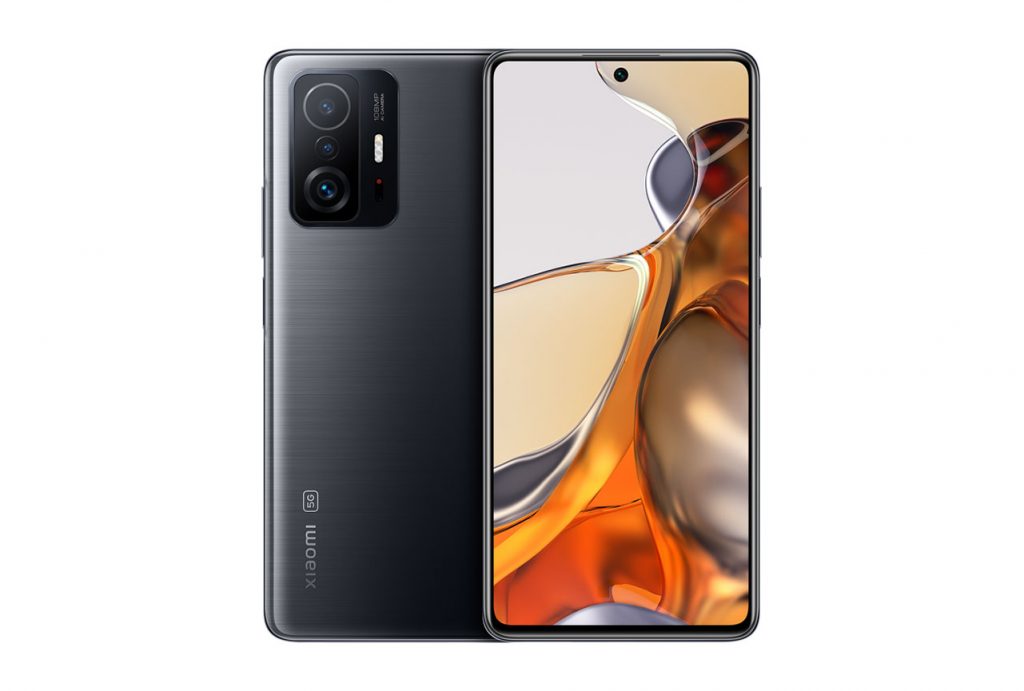




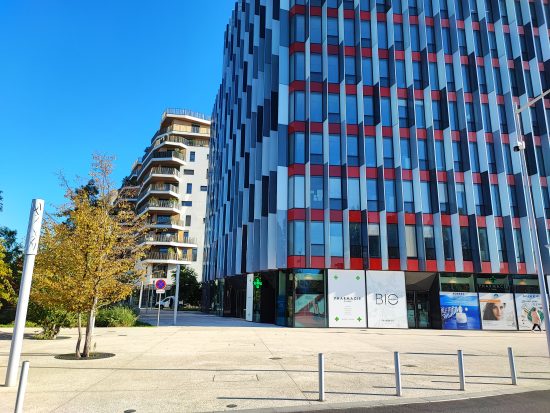

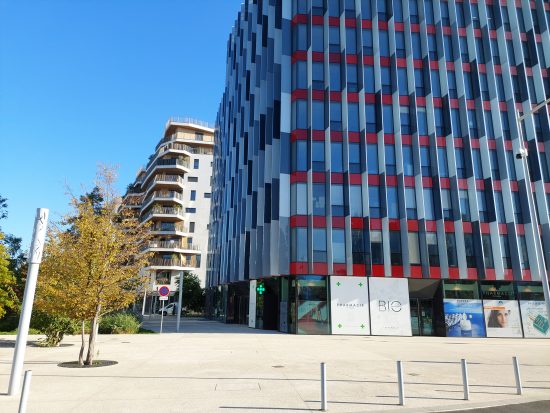
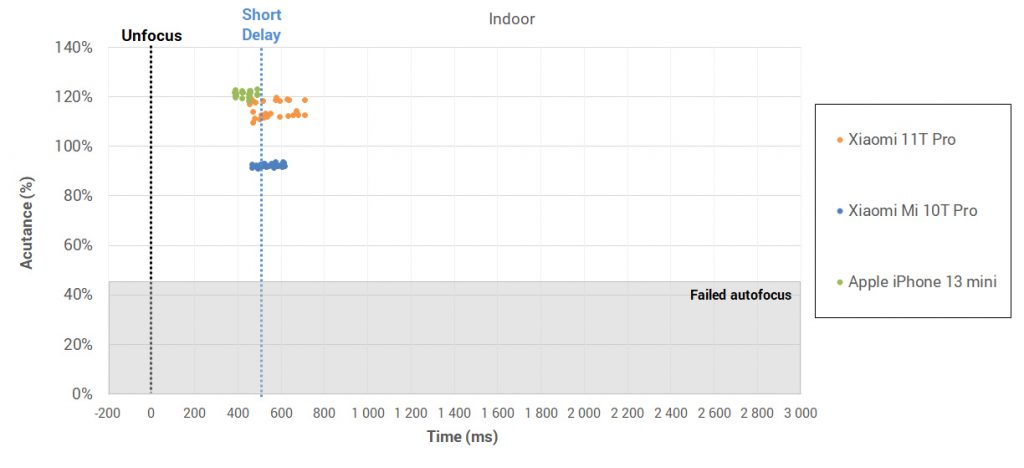
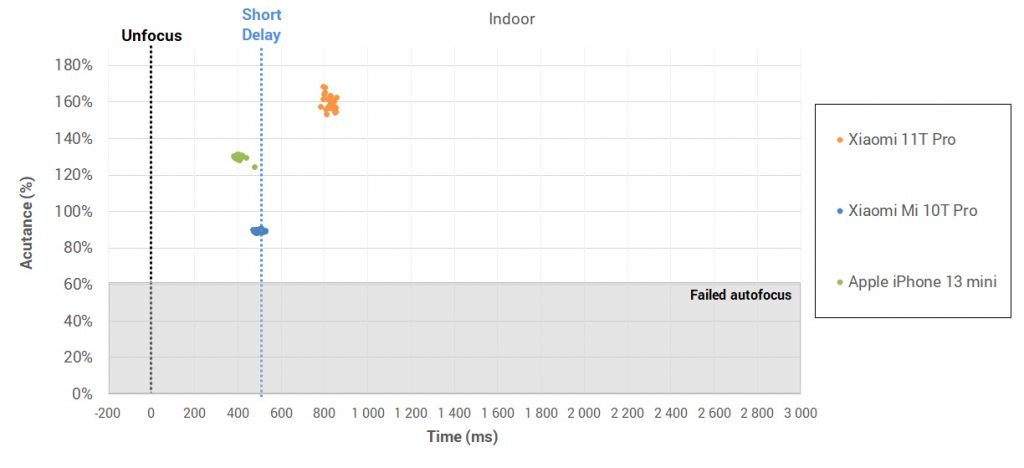
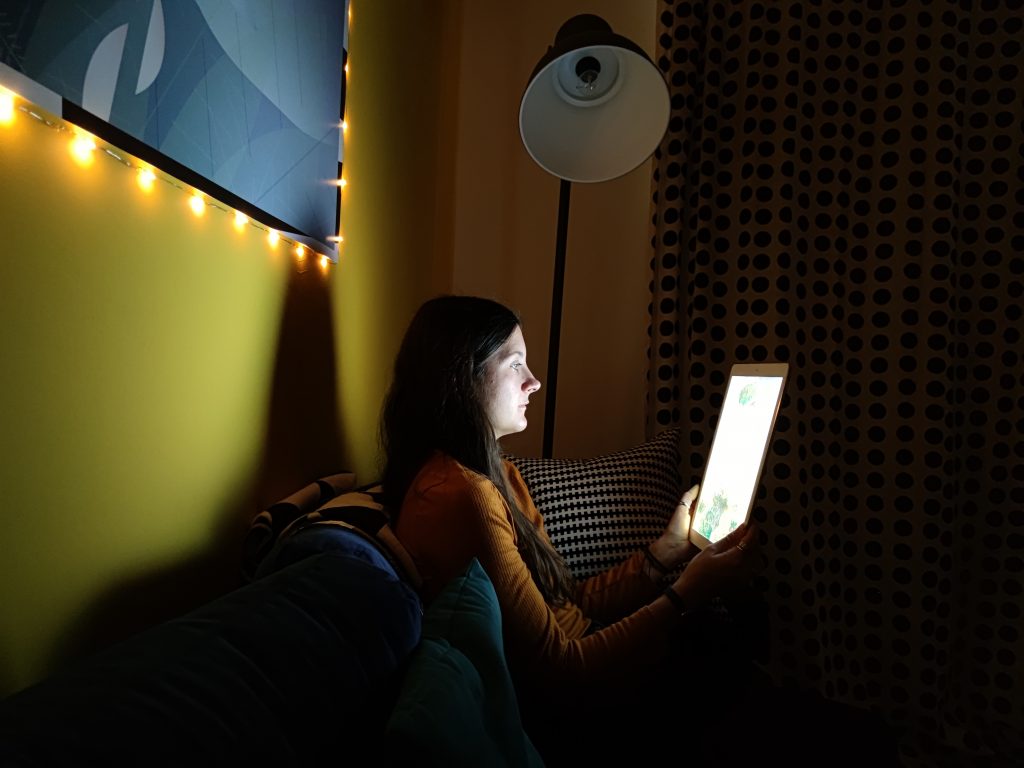
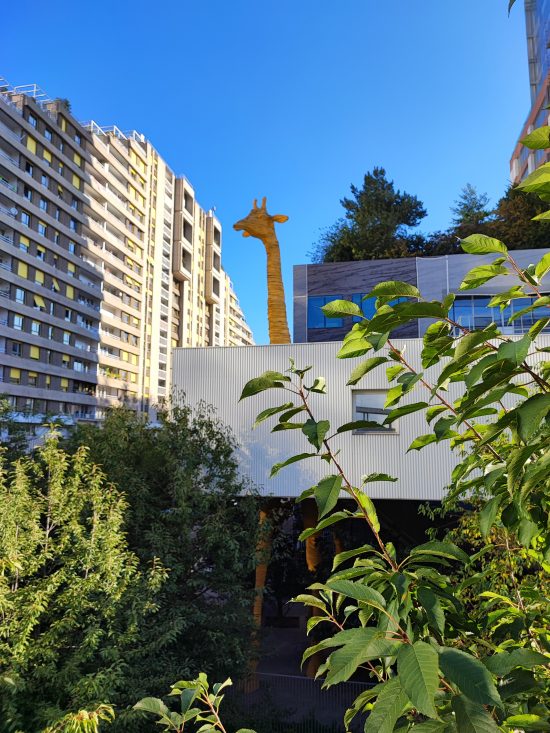






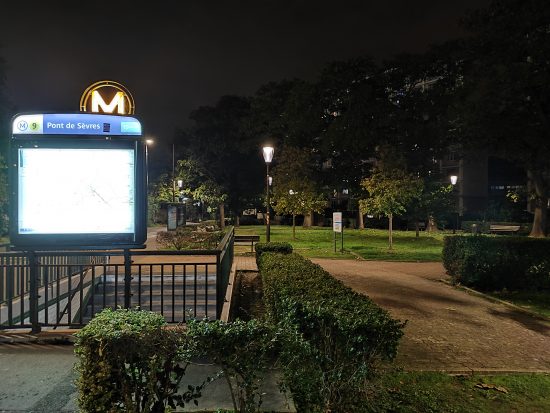
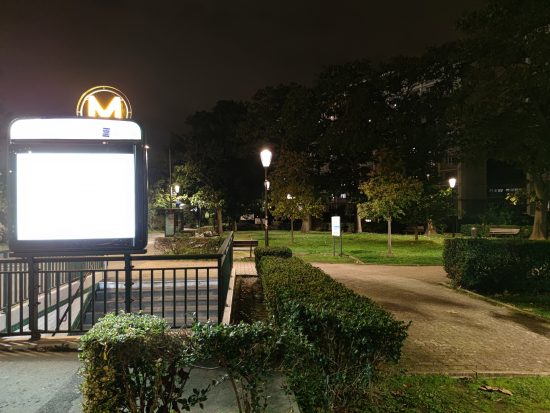



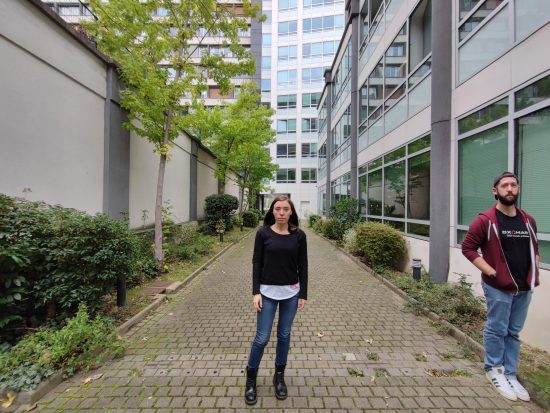
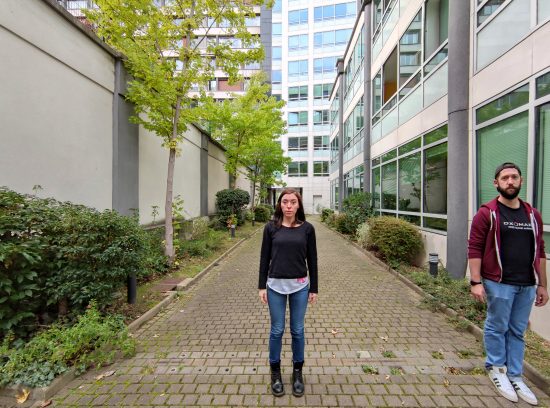
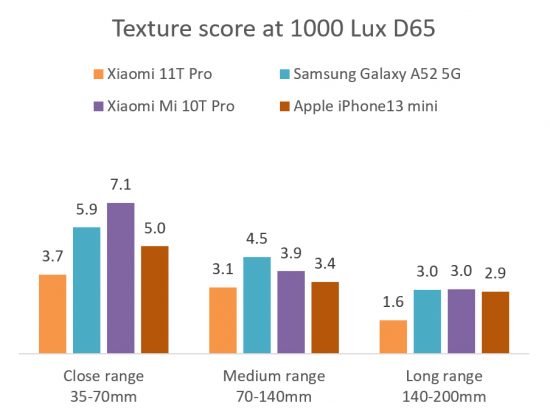


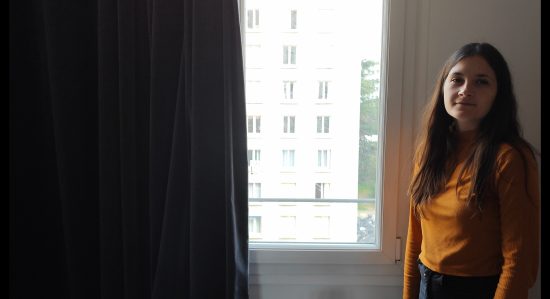
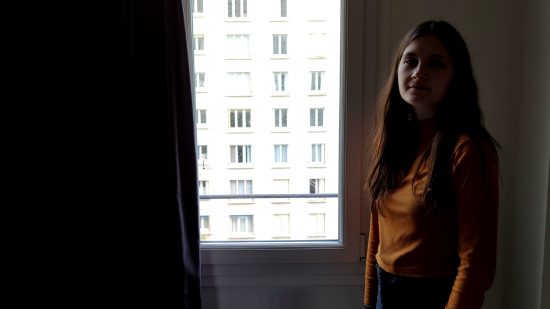


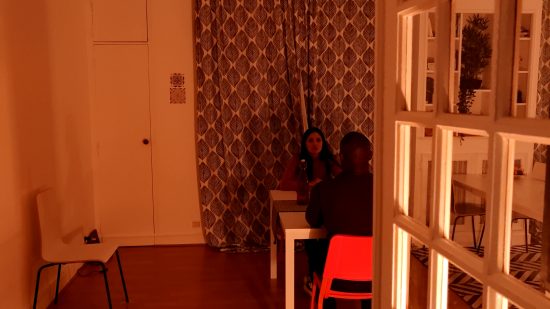
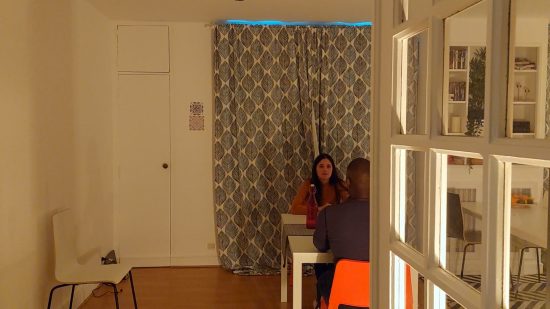
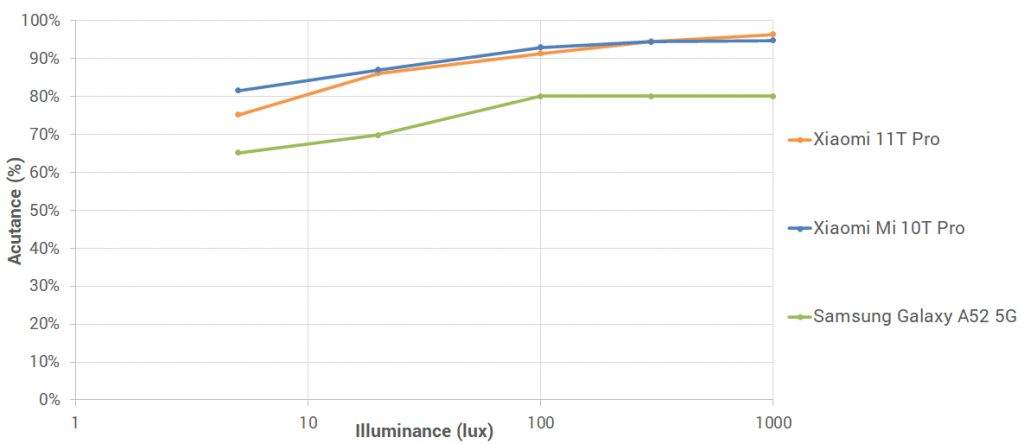
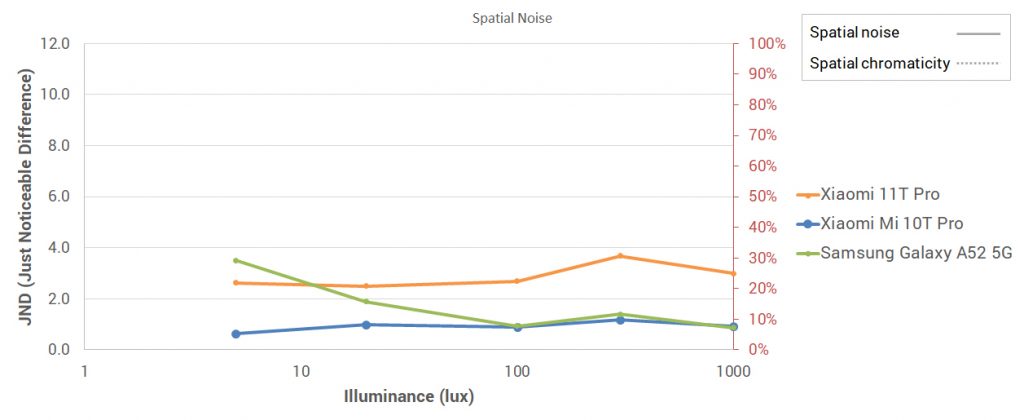

DXOMARK encourages its readers to share comments on the articles. To read or post comments, Disqus cookies are required. Change your Cookies Preferences and read more about our Comment Policy.